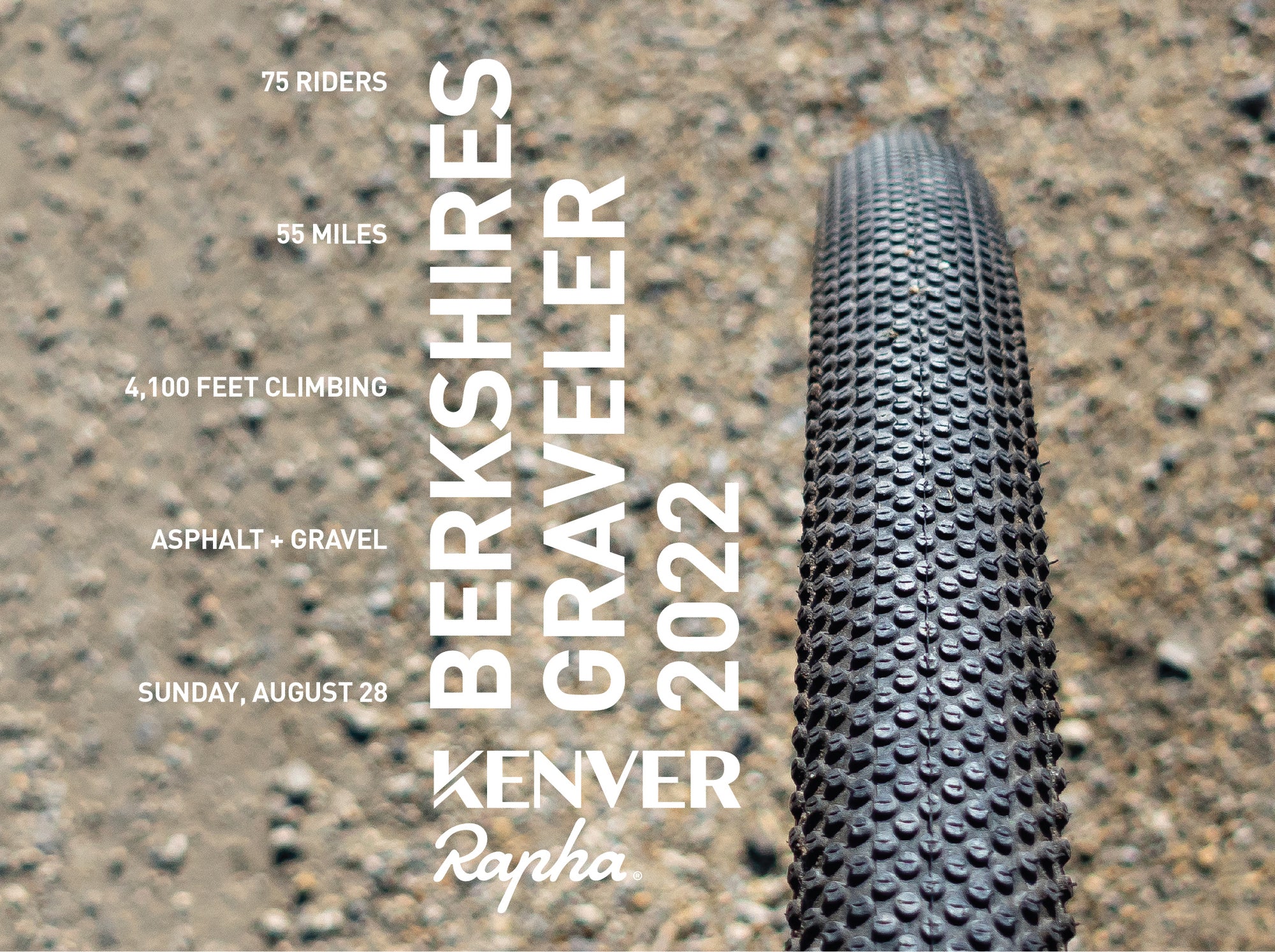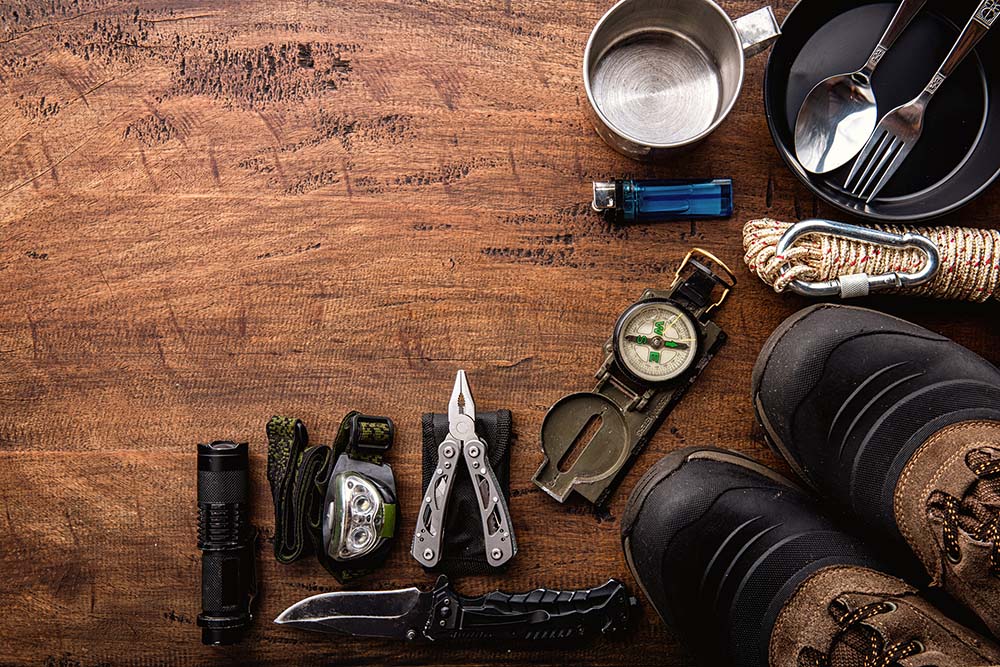Trail running can seem intimidating, but it definitely doesn’t need to be, and we want to help you be successful. Whether you already run on roads and are looking to transition to the trails, or you have yet to run your first mile here are some trail-running tips that can help you get started.
1. Choose An Easy Trail

There are tons of variations with trails—anything from smooth, flat gravel paths to boulder-strewn single track high on mountain ridges. Pick a trail that is easy and manageable and ease into learning a new activity. There are running trails everywhere!
Pro Tip: The easiest way to start trail running is to pick an area you already know—maybe your local hiking trail or dog-walking path.
2. Manage Your Expectations

One of the biggest mental challenges of transitioning to trail running from road running is adjusting your expectations. It’s also important to recognize that a trail-running mile isn’t a direct comparison to a road mile. Because of the natural obstacles and elevation changes, your pace will slow down and your typical mileage will feel much more demanding.
Pro Tip: Think time not mileage. Running three miles on the roads may take you 24 minutes while three miles on trails could take you twice as long.
3. Keep Your Eyes On The Trail

Most trail running injuries occur when a runner glances upward for a split second and immediately is on the ground with a sprained ankle, twisted knee, or bruised hand. Pay attention to the trail. For trail running in general, think about two things: quick feet and high knees.
Pro Tip: To enjoy the view…stop running and look around you.
4. Practice Good Trail Etiquette

Stay on the trail and don’t be tempted to shortcut switchbacks. Going off the trail causes erosion on steep slopes, damages the natural vegetation, and creates “social trails”—faint user-created trails that develop over time.
Pro Tip: Trail runners, like all trail users, should practice ‘Leave No Trace’ principles.
5. Hydration & Nutrition

Drink and eat before your run, during your run, and after your run. The amount you eat and drink will vary based on the duration of your run.
Pro Tip: If you are going out for a run under 90 minutes, a single water bottle may be all you need. However if it is extremely warm, you may need to consider some electrolyte replacement in your water. Anything beyond two hours and you should supplement with some energy bars or gels.
6. Dress Appropriately

Always be prepared for what the conditions are, or what they might become. If you are heading out for a 20 minute run, chances are the conditions will remain similar to those at the start of the run throughout the run. However, if you are venturing out for a run of more than one hour consider what the conditions might become.
Pro Tip: Invest in a good pair of trail running shoes. Your seven ounce racing flats may be the perfect shoe for your 5km road race, but won’t be a good choice for the trails. A shoe with good support, stability, gripping potential, and comfort is essential for the trails.
And most importantly...
7. Enjoy the run!
Trail running is an excellent form of exercise, but it’s also a fantastic way to spend time outdoors. You can get on the trails for the pure enjoyment of moving your body amid nature.
![]()



